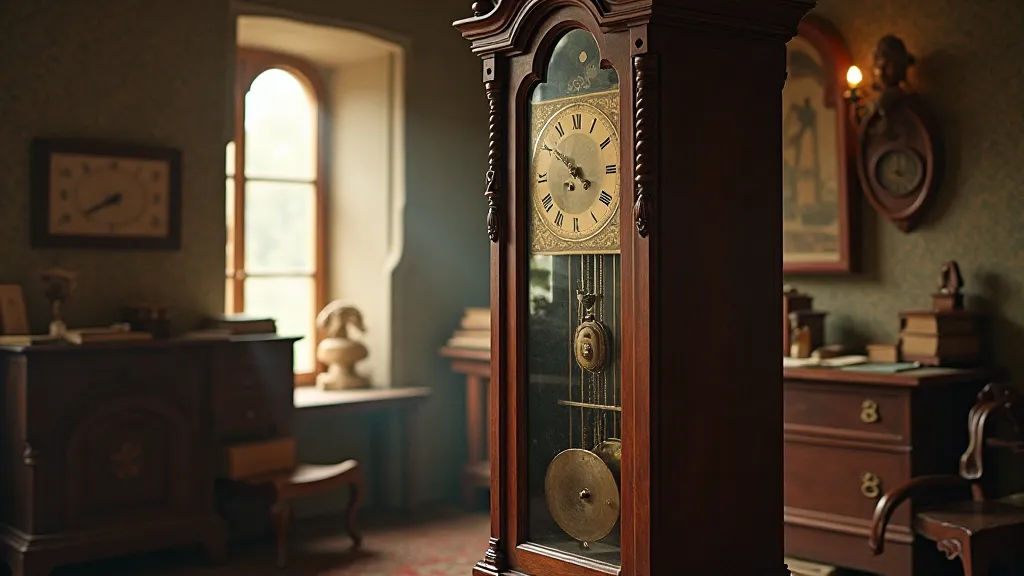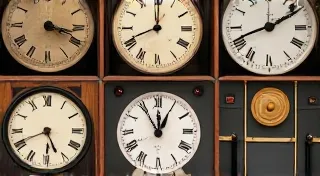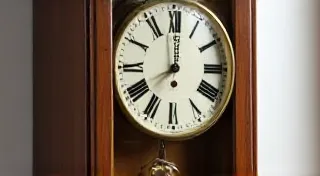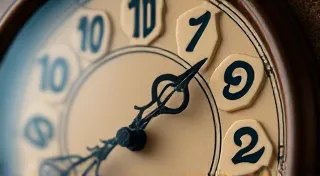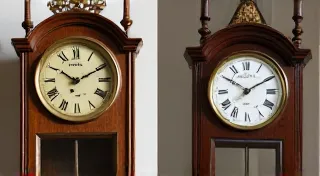The Silent Cartographer: How Clockmakers Charted an Era’s Progress
There's a quiet reverence that settles when you stand before a truly old clock. It's not just the tick-tock, a constant, dependable rhythm; it’s the palpable weight of history, the whisper of hands long gone that built and cherished it. Antique clocks aren't merely instruments for measuring time; they are tangible artifacts, crystallized moments in history. They are silent cartographers, charting not geographical landscapes, but the evolving contours of technology, culture, and artistry.
I remember the first time I truly *understood* this. I was helping my grandfather clear out his attic, a dusty realm overflowing with forgotten treasures. Among the moth-eaten blankets and chipped porcelain, I found a grandfather clock, its mahogany case dulled with age. It wasn’t particularly ornate, but there was a dignity to it, a quiet strength. My grandfather, a man of few words, simply nodded and said, “That clock’s seen a lot.” It wasn't an explanation, but a sentiment – a recognition of the untold stories held within its gears.
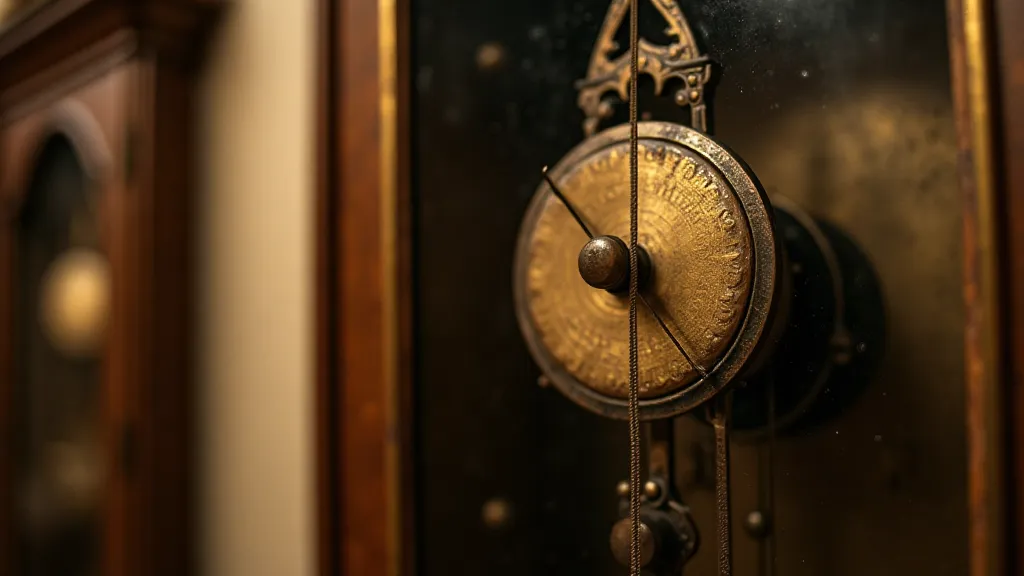
The Dawn of Mechanical Timekeeping
The story of antique clocks is inextricably linked to the relentless human desire to understand and control our environment. Early timekeeping devices were sundials, water clocks (clepsydras), and sandglasses – useful, but limited by weather and portability. The invention of the mechanical clock in Europe during the late 13th and 14th centuries marked a profound shift. Initially, these clocks were monumental works, installed in towers and cathedrals, their chimes dictating the rhythm of communal life. Their primary function wasn't personal timekeeping; it was civic announcement. These early mechanisms, often powered by weights, were marvels of engineering, a testament to burgeoning technological innovation.
The evolution continued rapidly. The introduction of the mainspring in the 15th century, allowing for smaller, portable clocks, unleashed a new era of personal timekeeping. Pocket watches, initially cumbersome and expensive, gradually became more refined and accessible, signifying both wealth and status. Clockmaking wasn't just a craft; it was a burgeoning industry, fueling innovation and driving economic growth. The intricate gears, levers, and springs were testaments to the ingenuity of the age. Consider the meticulous engraving on a watch case, or the precision required to shape a delicate balance spring - these were skills honed over generations, transmitted through apprenticeships, and fiercely guarded secrets.
Hidden Signatures: Decoding the Craftsmanship
Beyond the functionality of the clock, subtle clues embedded within its construction reveal the societal and artistic context of its creation. The style of the case, the type of wood used, the ornamentation – all served as visual markers of taste and fashion. A Baroque-style clock, with its elaborate carvings and gilded accents, reflects the extravagance of the 17th and 18th centuries. A simpler, more restrained case, typical of the Georgian era, embodies a growing emphasis on order and symmetry. Even the type of enamel used on the clock face – the colors, the font – speaks volumes about the aesthetic sensibilities of the time.
Look closely at the movements themselves. Early movements were often unsigned, particularly in peasant clocks. More sophisticated examples, produced by renowned clockmakers, often bear their marks – a name, a symbol, a maker’s mark. These marks aren’t just signatures; they are declarations of pride in craftsmanship, a promise of quality and durability. Learning to identify these marks is a rewarding aspect of clock identification, connecting you directly to the individuals who built these masterpieces.
The materials used provide another layer of understanding. The choice of wood - mahogany, walnut, oak – reflected availability and cost, but also conveyed a sense of luxury and prestige. The use of precious metals like gold and silver signified wealth and artistry. The quality of the brass and steel used for the movement's components indicated the maker’s commitment to longevity and precision. These details weren’t mere choices; they were statements about the value placed on craftsmanship and durability.
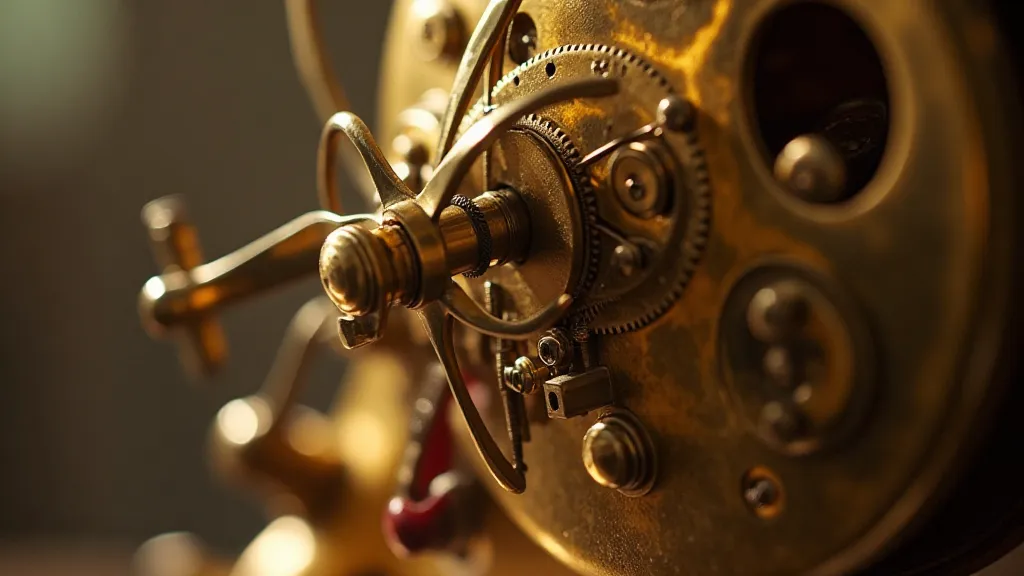
The Industrial Revolution and Beyond
The Industrial Revolution irrevocably altered the landscape of clockmaking. Mass production techniques, while initially criticized by traditionalists, democratized timekeeping, making clocks accessible to a wider population. The rise of factories and the standardization of parts led to an explosion of clock designs, often sacrificing the artistry of handcrafted clocks for efficiency and affordability. However, the period also saw the emergence of innovative features like electric clocks and automatic winding mechanisms, reflecting the rapid technological advancements of the 19th and 20th centuries.
Despite the rise of mass production, the legacy of traditional clockmaking persisted. Many skilled artisans continued to handcraft clocks, preserving the techniques and artistry of previous generations. These clocks, often referred to as “high-end” or “antique” clocks, command significant value among collectors, not just for their functionality, but for their embodiment of a lost art.
Collecting & Appreciation
Identifying antique clocks is a journey of discovery, a conversation across centuries. It’s about more than just recognizing a maker’s mark or a specific design; it’s about understanding the historical context, the technological innovation, and the artistry that went into creating these remarkable objects. The tick-tock becomes more than just a sound; it’s a heartbeat, a connection to the past.
Whether you’re a seasoned collector or a casual admirer, taking the time to appreciate the subtle details of an antique clock is a deeply rewarding experience. These silent cartographers chart an era's progress in ways far more profound than geographical boundaries. They are testaments to human ingenuity, resilience, and the enduring power of craftsmanship, reminders that time, while relentless, can also be beautifully measured and deeply cherished.
